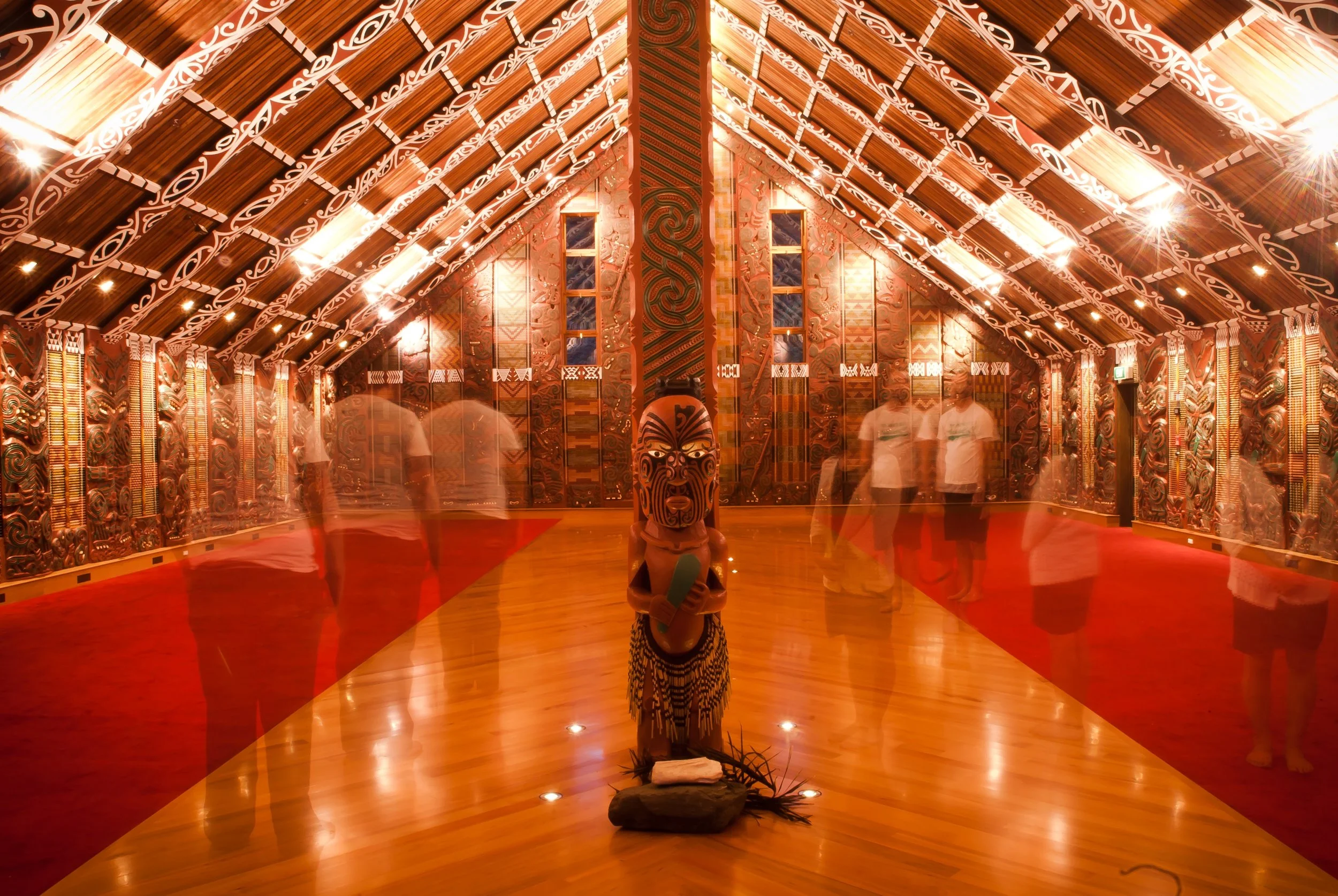
Who is Toi?
TOI
The ancestor Toi is one of the most important figures in the story of Aotearoa and is particularly significant to the people of our region. Although he has many names and there are many stories of his voyages, there is no doubting his influence or the impact he made on this region after arriving in Aotearoa around 1150 AD.
Here in Whakatāne, the descendants of Toi share an account of a voyage made by the intrepid adventurer and his wife Te Kuraimonoa. Living in a place called Oropōa at Rangiātea in Tahiti, the couple had two grandsons named Whatonga and Rāhui. Accounts handed down over generations tell of a time when Whatonga and Rāhui racing canoes between the islands, did not make the return home to Oropōa. Concern for their beloved grandsons sent Toi and Te Kuraimonoa on a long and perilous journey in search of them, willing as they were to risk their lives to ensure their whānau’s safety.
Toi and Te Kuraimonoa first felt the soil of Aotearoa beneath there feet when they landed in Northland where their epic sea voyage became a land search eventually leading them south to this region.
Te Kuraimonoa was pregnant at the time of their journey and went into labour immediately upon arriving in Aotearoa. Throughout the pregnancy Toi had harboured fears about the paternity of the child his wife was carrying, but when his son was born he saw his own face looking back at him and it instantly quelled his worry. Weeping with embarrassment and relief, Toi went on to name his son Awa-nui-ā-rangi - The great river of tears from the sky.
After the birth of her child Te Kuraimonoa returned to Rangiātea, leaving Toi to continue the search for their grandchildren alone. Moving down the coast, he named Te Kakahoroa (long beach of Kakaho), entered the Ōhinemataroa river (now known as Whakatāne), and climbed the escarpment to reach the top of the ridge.
His wife and new son returned to Rangiātea and, his grandsons still missing, Toi became had become very despondent. At his lowest and physically exhausted, he raised his hands skyward for help in a last gasp for life and uttered the name that still marks the ridgeline today: Kāputerangi.
Toi’s emotional plea for help was answered by the early descendants of the area known as Te Hapū-oneone and it was these people who went on to help him establish the settlement of Kāputerangi, now one of the oldest pā sites in Aotearoa.
While Toi was establishing Kāputerangi (Toi's Pā), Toi’s grandsons Whatonga and Rāhui had made their way safely back to Oropōa, only to learn that their grandparents had set off to find them. Whatonga, alongside his son Taraika and cousin Rauru immediately embarked on another expedition to track down his grandparents and ensure their safety.
After an arduous search, the travellers eventually made their way to Kāputerangi and were reunited with Toi. We can only imagine how joyous this meeting must have been. Such was the dedication of Whatonga, Taraika and Rauru to their beloved elder that the group remained by his side at Kāputerangi until he passed.
After Toi’s passing, Rauru went on to cut his own path, travelling to the west coast of Taranaki and establishing the Ngā Rauru tribes. In the spirit of their illustrious whānau, Whatonga and Taraika also branched out, exploring widely and giving the settlement we know today as Wellington, its original name Te Whanganui-a-Tara – The great bay of Tara (Taraika).
Many iwi and hapū proudly claim heritage and whakapapa to Toi; this rich interweaving of connections between people and places has continued to grow since Toi’s time and is deeply infused with who we are today as a region and who will be in the future.
The lasting legacy of Toi is that his descendants understand their place in the wider fabric of the people, land and sea of this remarkable region and they are increasingly aware of the responsibility they hold in safeguarding a flourishing environment for future generations.
WHAT THIS MEANS FOR TOI EDA ?
Our namesake, Toi, is the inspiration for the pioneering work Toi EDA undertakes and his example guides our values and deeply influences how we work in practical ways. As part of this years strategic review, we revisited and re-affirmed these values.
People and strategies may change over time - the ways we will honour Toi, the great ancestor and leader, through our values will remain constant. He legacy is an inspiration to us all.
“WHAKAITI - HUMILITY”
“KAITIAKITANGA - GUARDIANSHIP”
“MANAAKITANGA - SUPPORT FOR OTHERS”
“MARAMATANGA - KNOWLEDGE”
